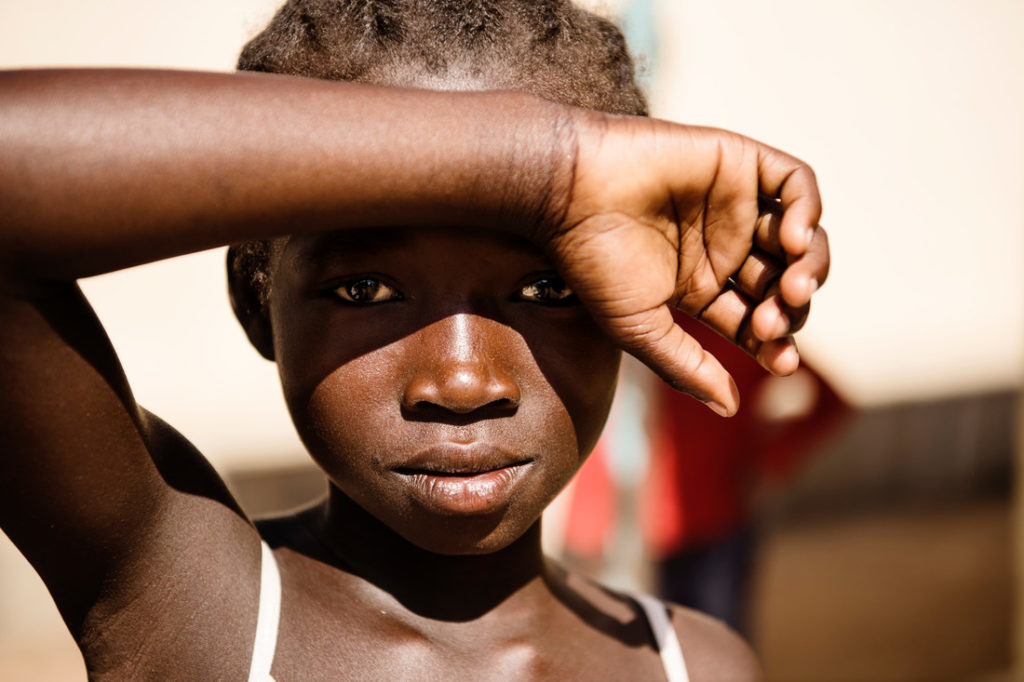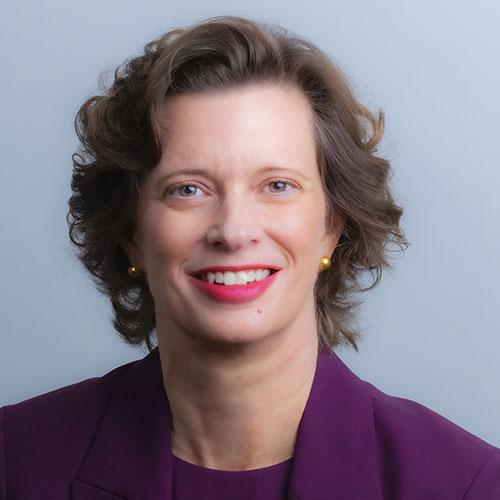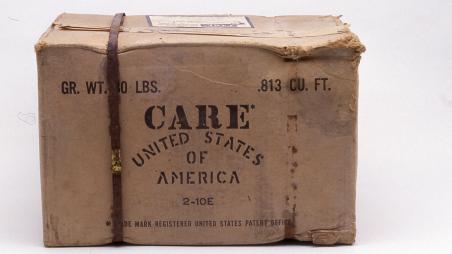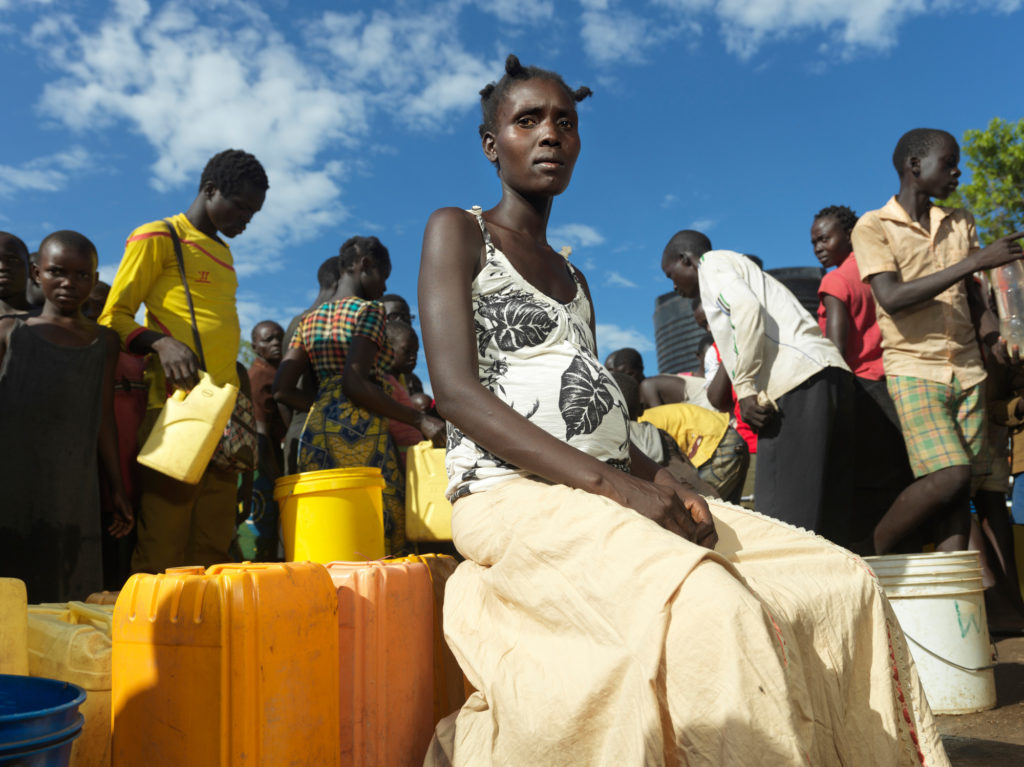
The damaging effects of the COVID-19 pandemic have proven relentless—but young women and girls are feeling these effects most.
While children tend to have a lower infection rate and less severe symptoms, countless reports—like the one from nonprofit PLAN International—show the detrimental effects on children’s education and protective structures, while also putting young people (disproportionately girls) at increased risk for “psychological distress, … violence, abuse exploitation and neglect.”
It is not just the children: Women across the world have been forced to the forefront of the COVID-19 effort—from caring for family members at home, to disproportionately filling the ranks of essential workers in crucial industries, like health care.
One thing is abundantly clear: The COVID-19 outbreak has placed women and girls in vulnerable positions where they are unsafe, unprepared and unable to bear the unequal impacts of the virus’s brunt.
CARE—a humanitarian and development organization focused on justice and alleviating poverty—is keeping COVID’s impact on women and girls top of mind.
In May, Ms. reporter Corinne Ahrens interviewed CARE CEO and president Michelle Nunn and discussed what to do when it seems like “everything is on fire”; the differences between Ebola and COVID; and countless examples of women leaders stepping up for the sake of their communities.

Corinne Ahrens: CARE’s mission statement is clear: “CARE works around the globe to save lives, defeat poverty and achieve social justice.” Tell me a bit more about CARE, its mission and the work that you do around the world.
Michelle Nunn: CARE was born out of crisis and conceived of the idea for our CARE package.* We have since grown and now operate in over 100 countries, are able to reach over 70 million people with over 1,000 programs. And one key thing we have learned is that when you put women and girls at the center of your work, that you have an extraordinary impact among families, communities and entire nations.
We fight every day to save lives and defeat poverty.
*The term “CARE package” is a nod to CARE’s 1945 founding, when 22 American organizations came together to rush CARE Packages of food to survivors of World War II. Today’s CARE Package takes the form of a donation.

CA: You, among others, have said that there are factors that disproportionately impact women and girls when it comes to disease outbreaks. What are some examples of these factors and how do they impact women and girls?
MN: If you think about women and girls, they are the glue that holds everything together. This is true whether through caregiving, the division of work or jobs—and yet we also know women and girls are disproportionally impacted by inequality because they are the ones earning less, going hungry and lacking basic access to health care.
If you take all of that and overlay a crisis like the COVID pandemic, you will find that women and girls are consistently, negatively impacted.
For example, we saw this with Ebola where women and girls were disproportionally driven to work as nurses or caregivers, and sometimes through unpaid caregiving. During Ebola, these caregivers had a higher rate of infection.
We want to be particularly mindful that we’re doing everything we can to secure health access and ensure that women and girls are represented at the table for leadership decisions—because they are surely serving on the front lines.
CA: How has COVID-19 impacted CARE’s work and those they aim to serve? With experience working with other outbreaks—like Ebola—how does COVID-19 compare to other crises you have worked with?
MN: CARE operates in 100 countries through long-term development work and also with emergency response.
With our emergency response arm, we are used to coming into an area where there is a fire and helping to put it out—but it’s different to look around at the world and see that everything is on fire. It’s a pretty unprecedented challenge, but we have been able to have respond in over 60 countries.
Our work is through the communities themselves and the people that live there. A majority of the people that work on CARE’s teams are organizing in their own communities to do the work, and we ultimately know that our solutions are going to be community based.

CA: This pandemic has shown a surge in recognition for the necessity of women’s leadership in all areas of crisis management. How has this impacted your role as a leader for CARE USA? Where do you see women and girls stepping up in the fight against COVID?
MN: It’s truly inspiring to see that throughout our work, it has been women taking leadership roles and being caregivers on the frontlines.
In Sierra Leone, we work with a set of community health workers, one of whom is a nurse who rides a motorcycle into the rural communities and helps counsel people about the virus and how to protect themselves.
We have a wonderful entrepreneur in Sri Lanka—who CARE helped to start clothing shops—who has been mobilizing the community and pivoting to create face masks.
I also have some extraordinary colleagues in Yemen dealing with one of the most difficult humanitarian crises with 80 percent (of the population) needing humanitarian aid to battle cholera, COVID and the ongoing war.
We see this all around the world—when women are at the helm of leadership, we can create solutions.
CA: What should our leaders be doing to avoid unnecessary suffering brought about by this pandemic? Do you have any policy positions or suggestions? And what can people reading this do to help?
MN: We are looking to leaders to provide us with honesty, transparency and empathy, and to call upon all of us—because we all have a role to play. We should also keep in mind that we need to work locally, while also thinking and acting globally. This global pandemic has shown us more than ever before how interdependent we are, and leaders should coordinate internationally. No community will be safe until all communities are safe.
We have to continue supporting local nonprofits—like CARE. We can also lift up our voices politically, because the legislation our leaders pass will impact all of us and they need to hear from our communities.
And for the first time, we are reintroducing the CARE package and bringing its services to the United States because it is a really crucial time to connect with generosity. We are working with community partners and making sure the packages get to those frontline workers giving community care, and also those who are vulnerable.
Anyone can go online and make a donation or a contribution to our CARE package program so we can continue supporting our frontline. CARE is excited to bring back “the CARE package”—at a time where the world needs more care.





